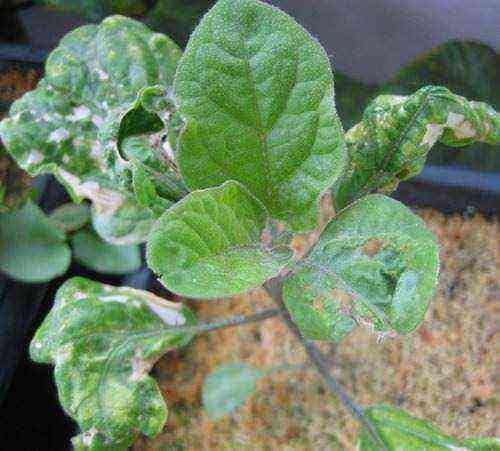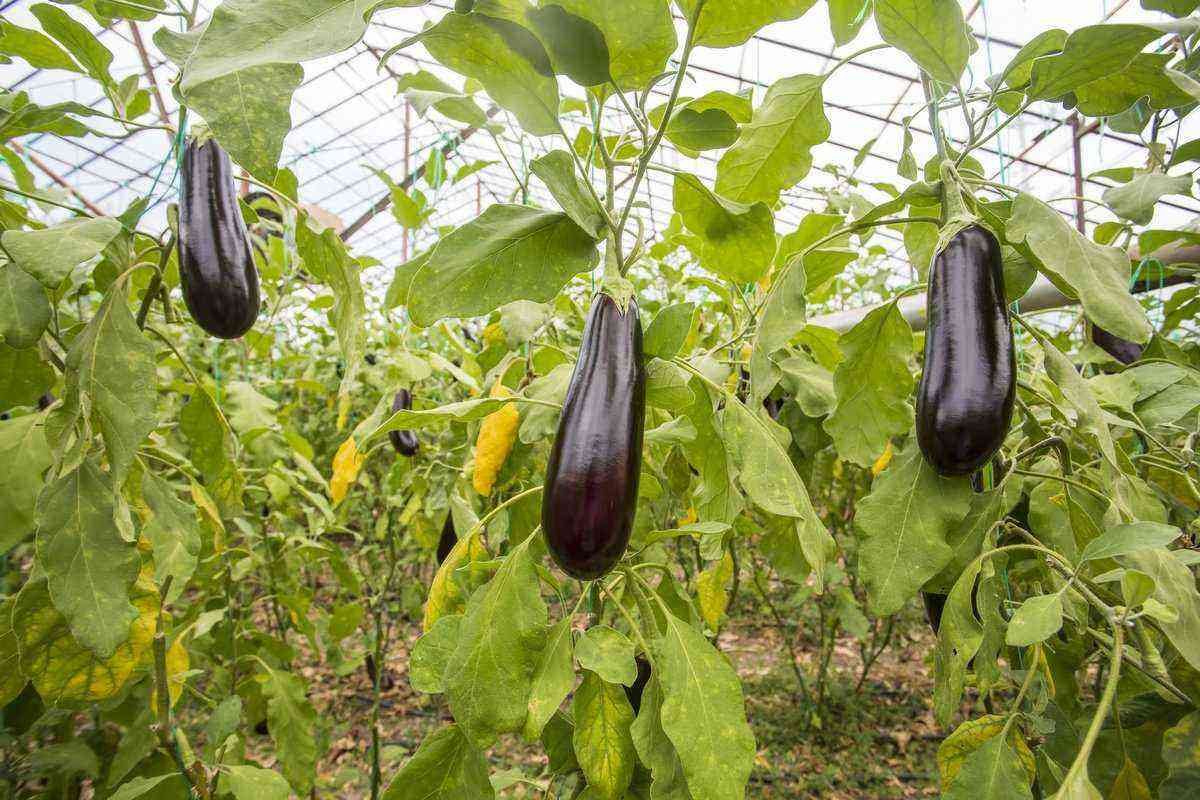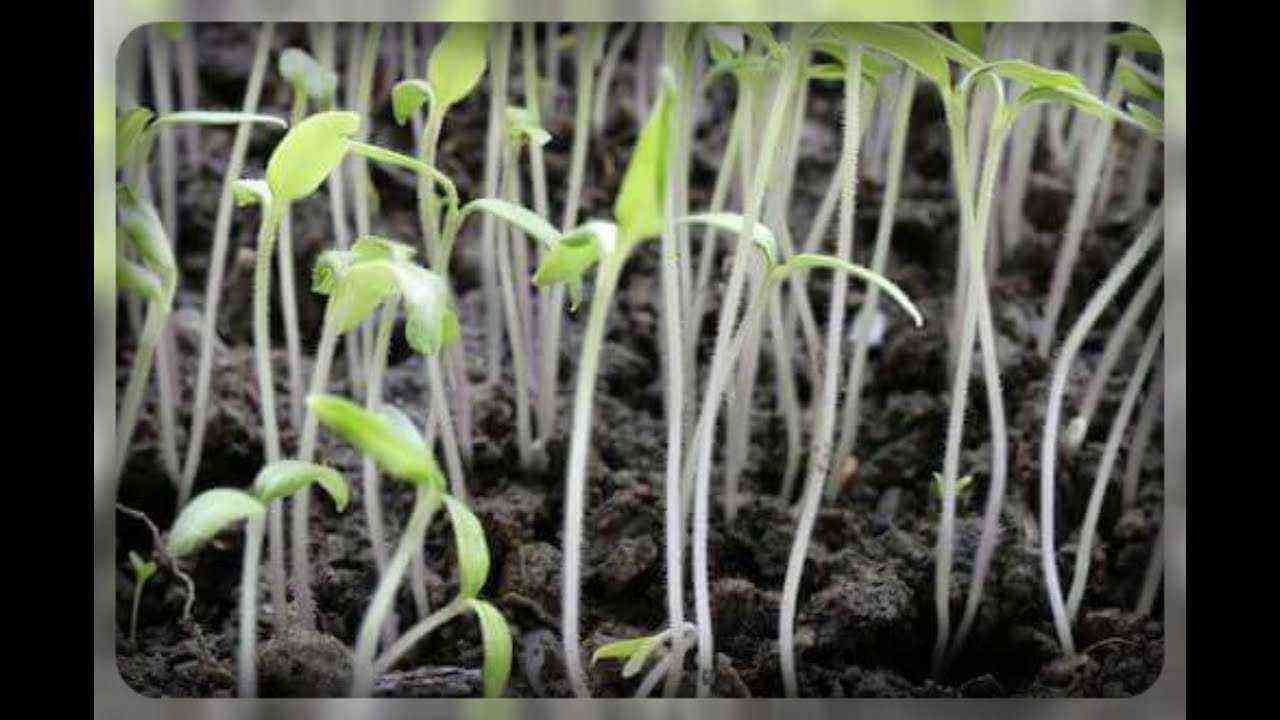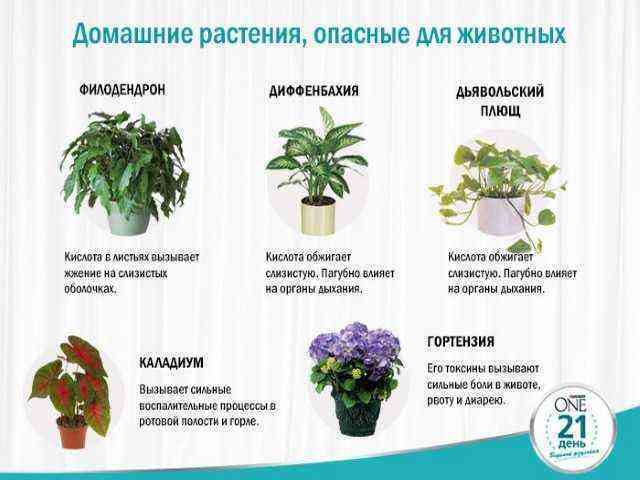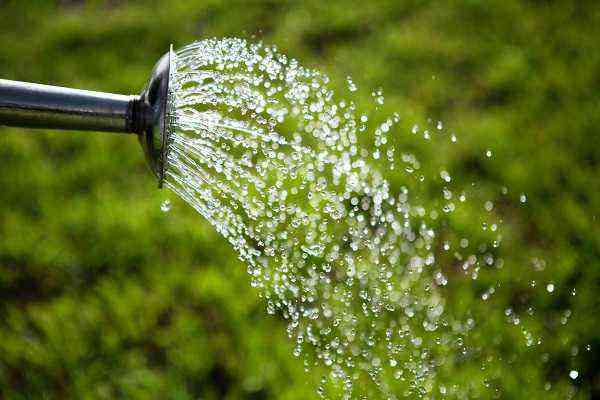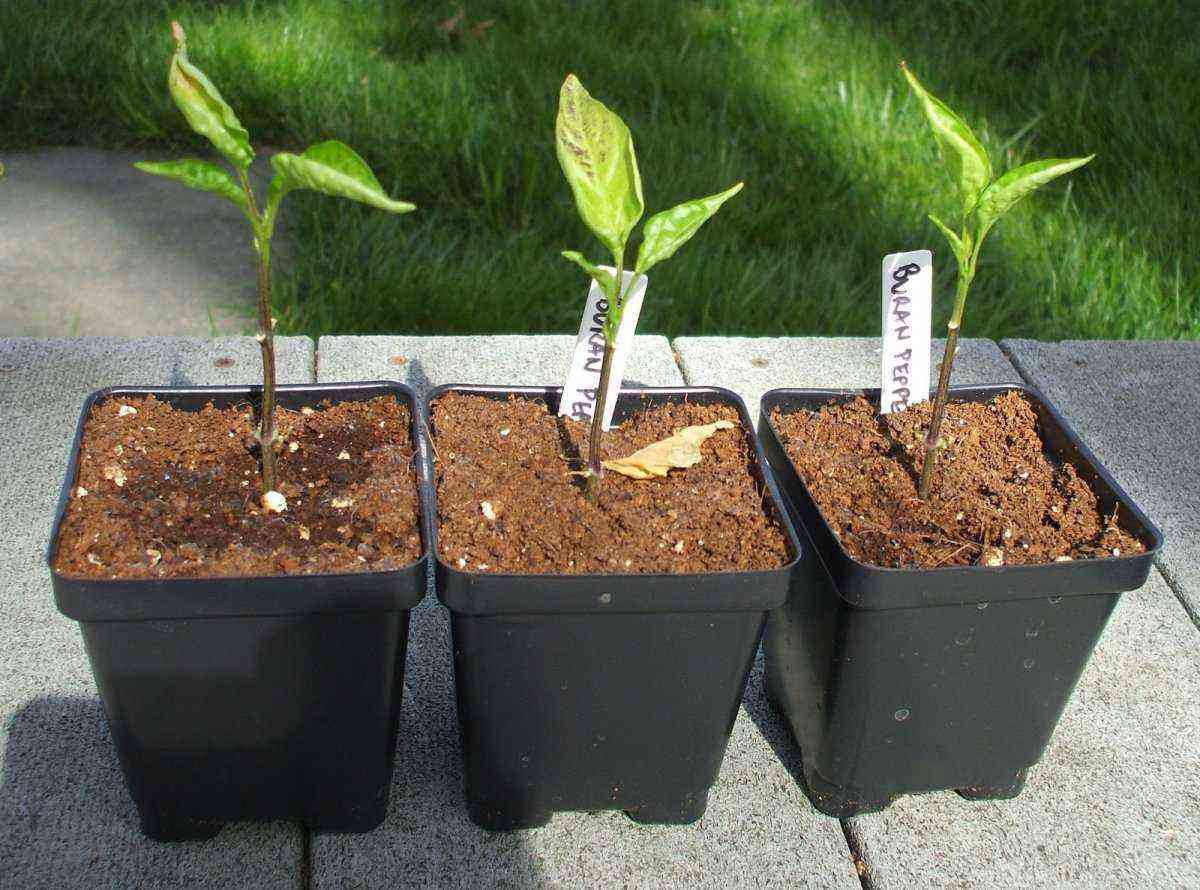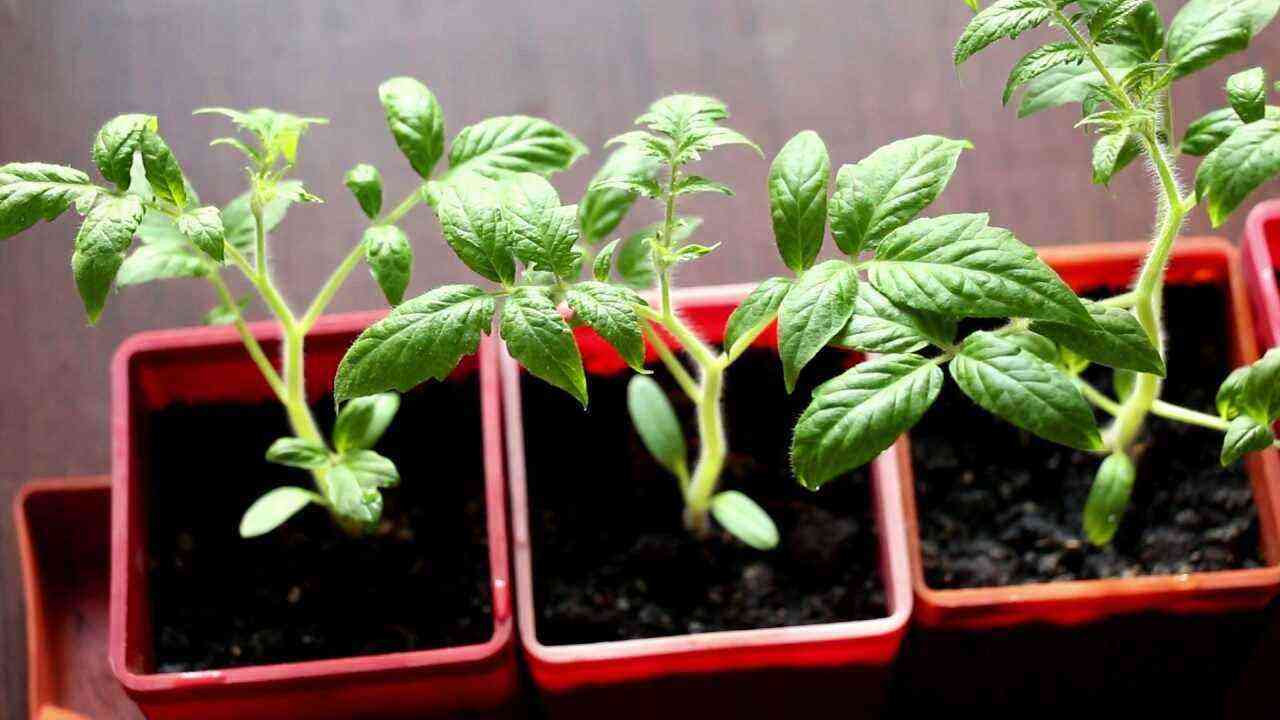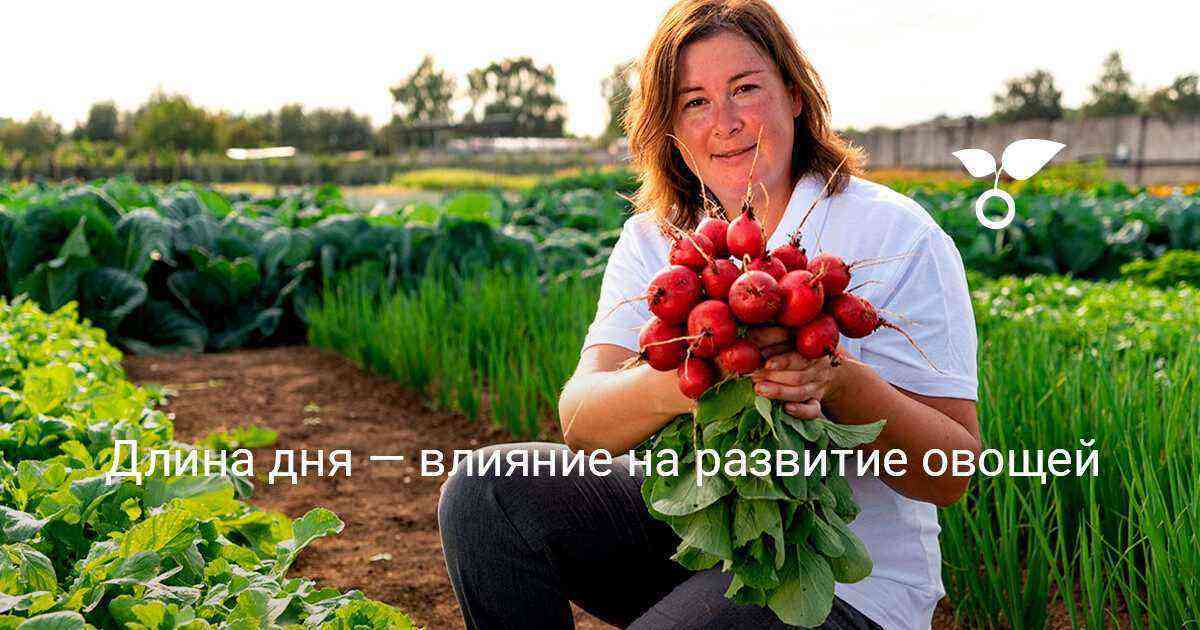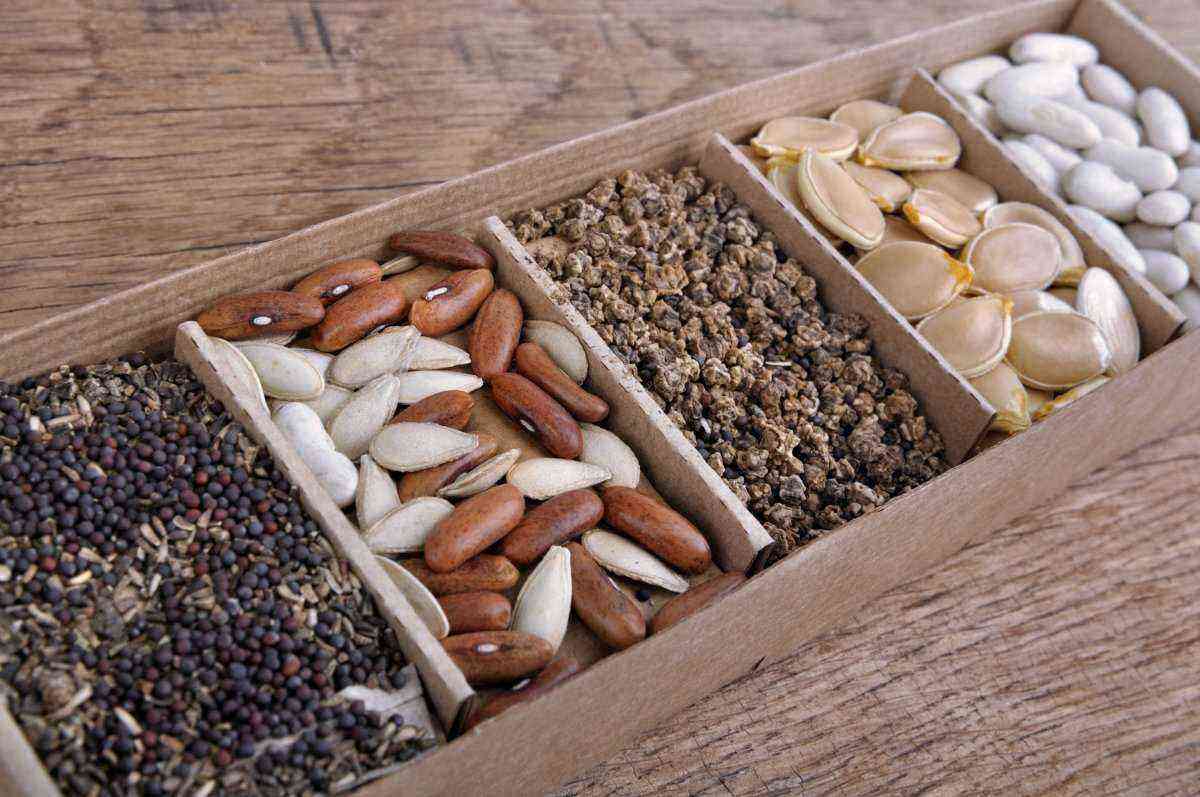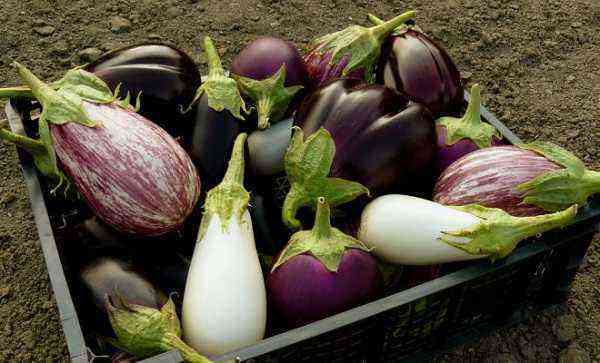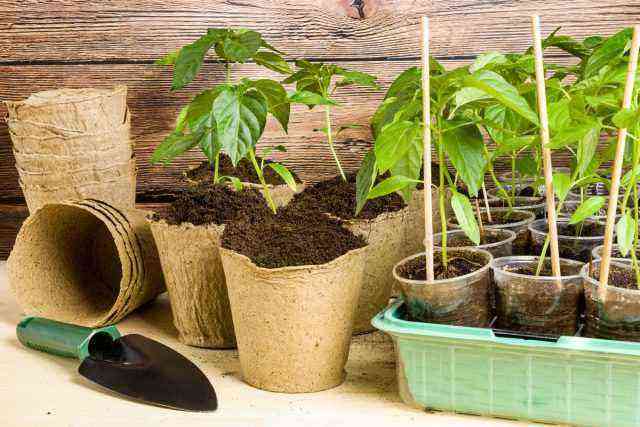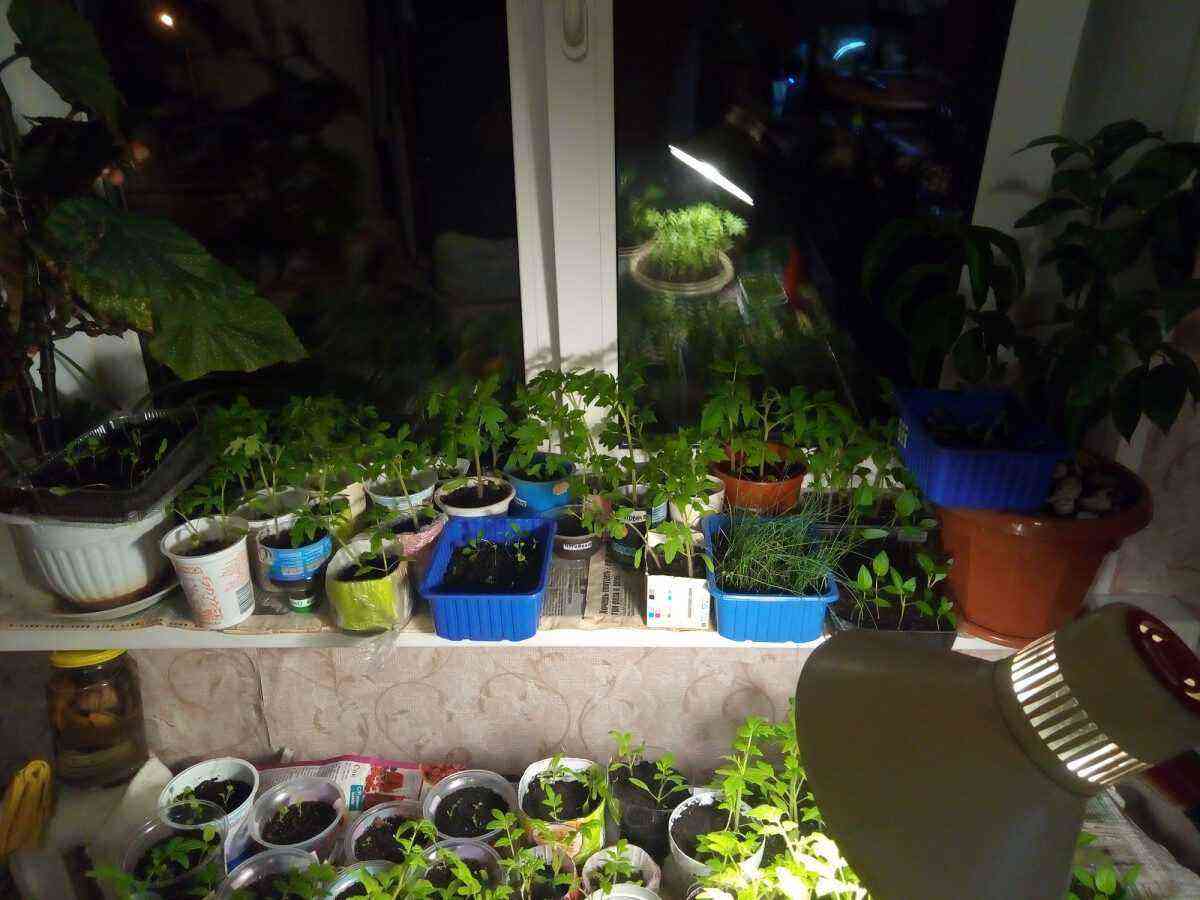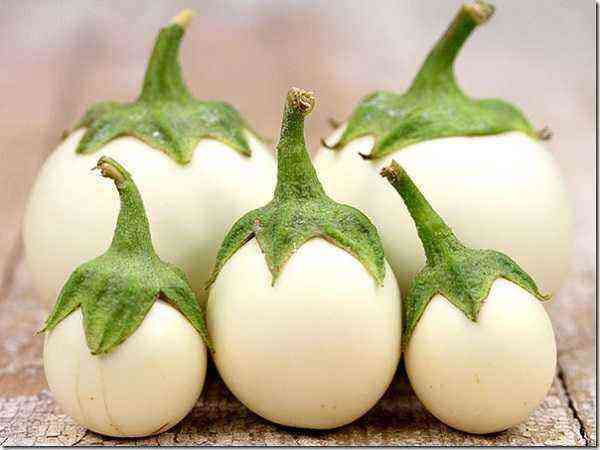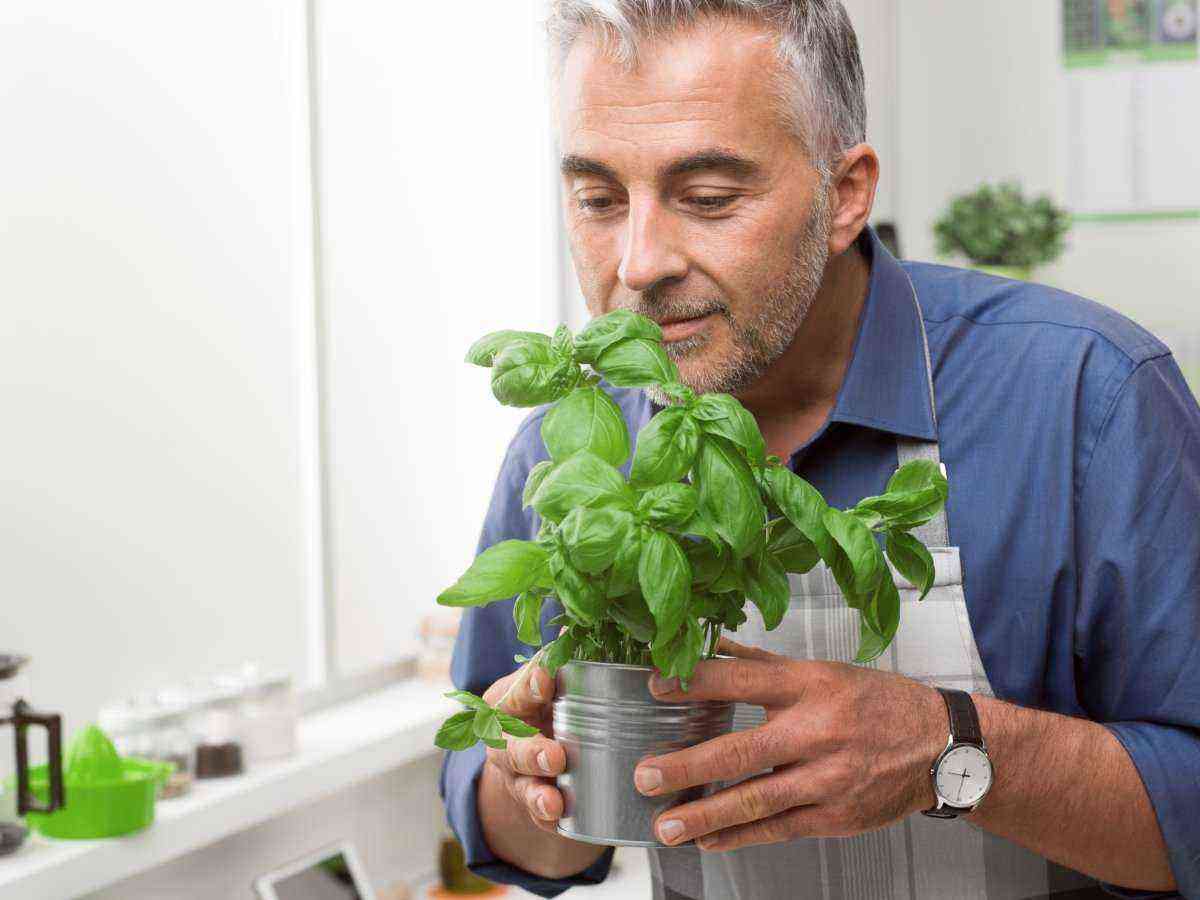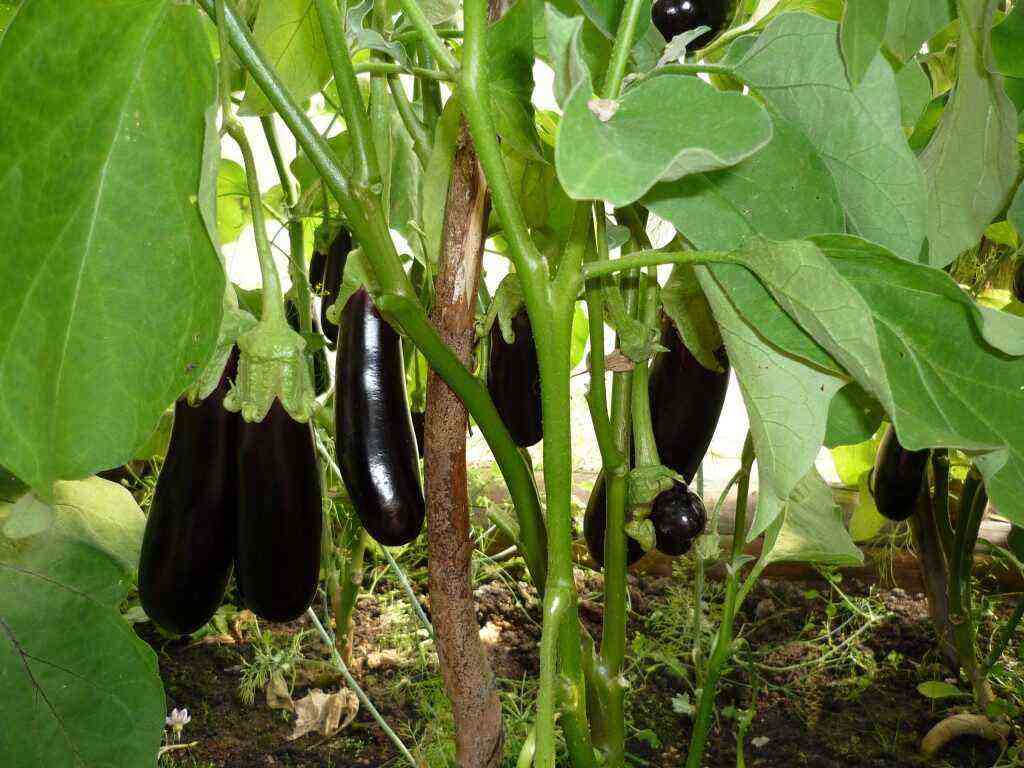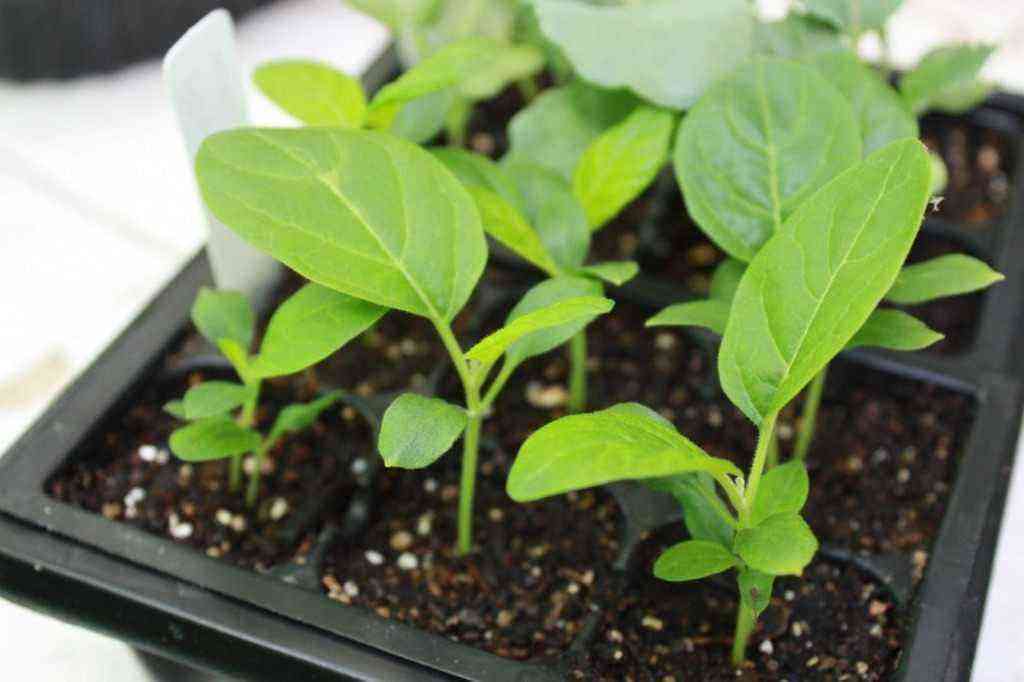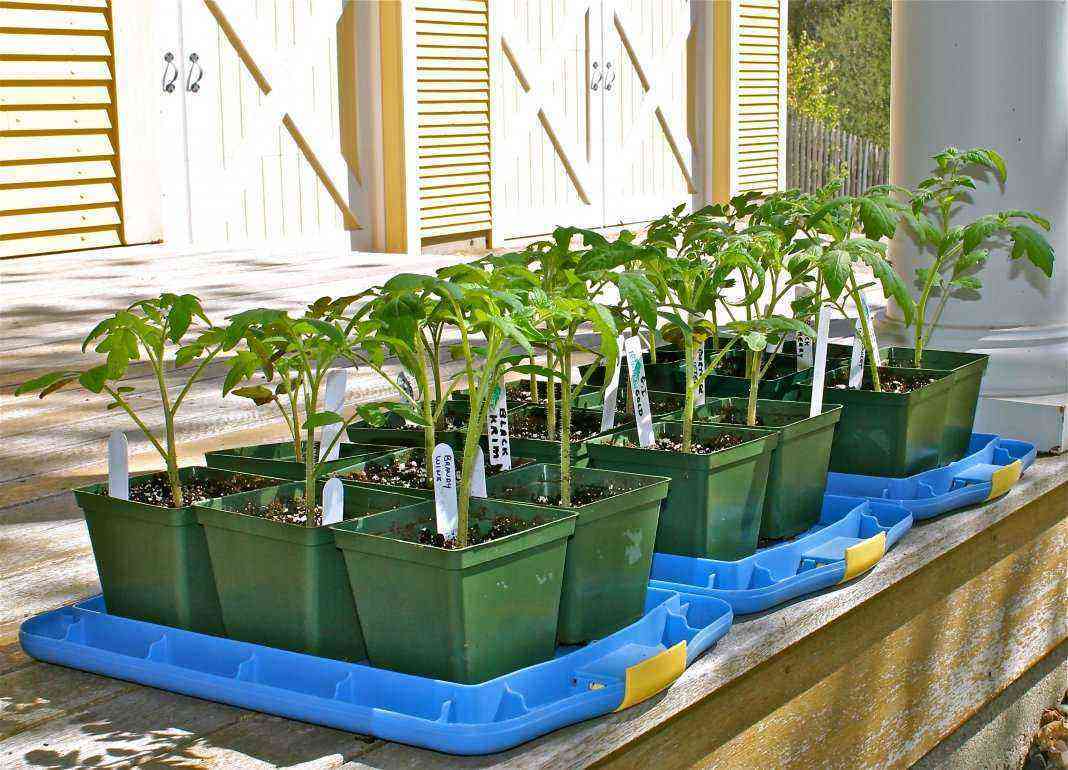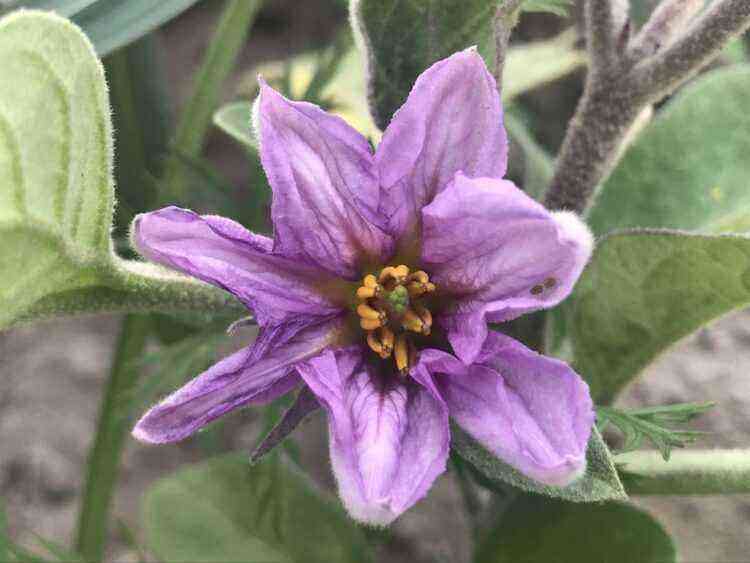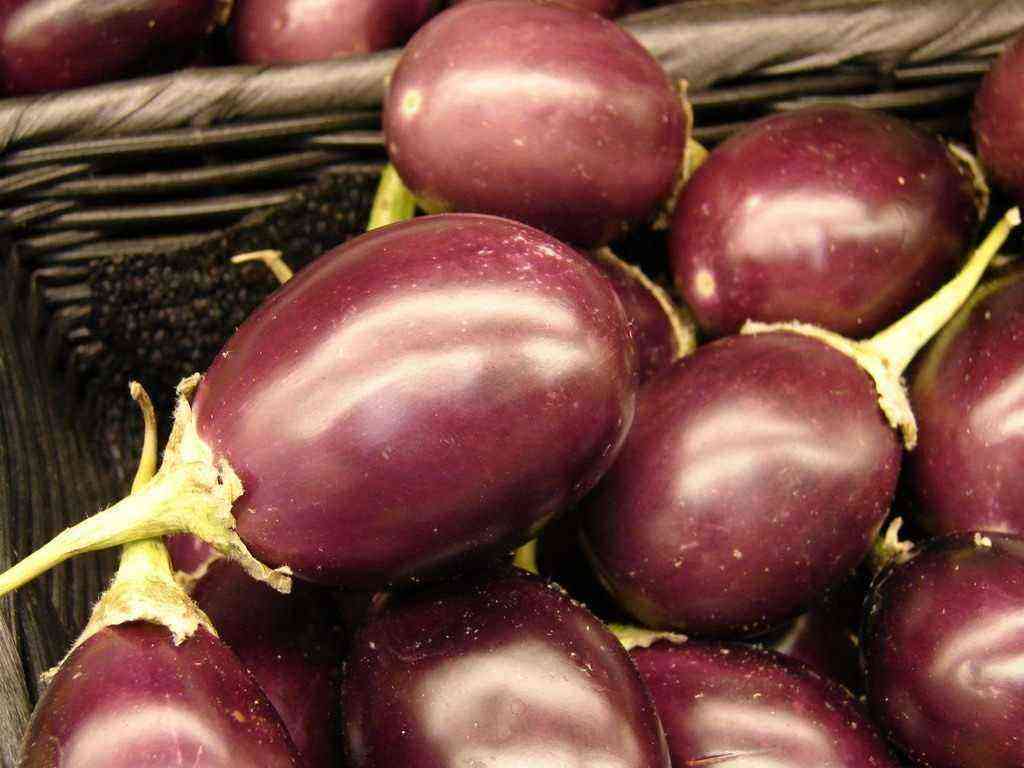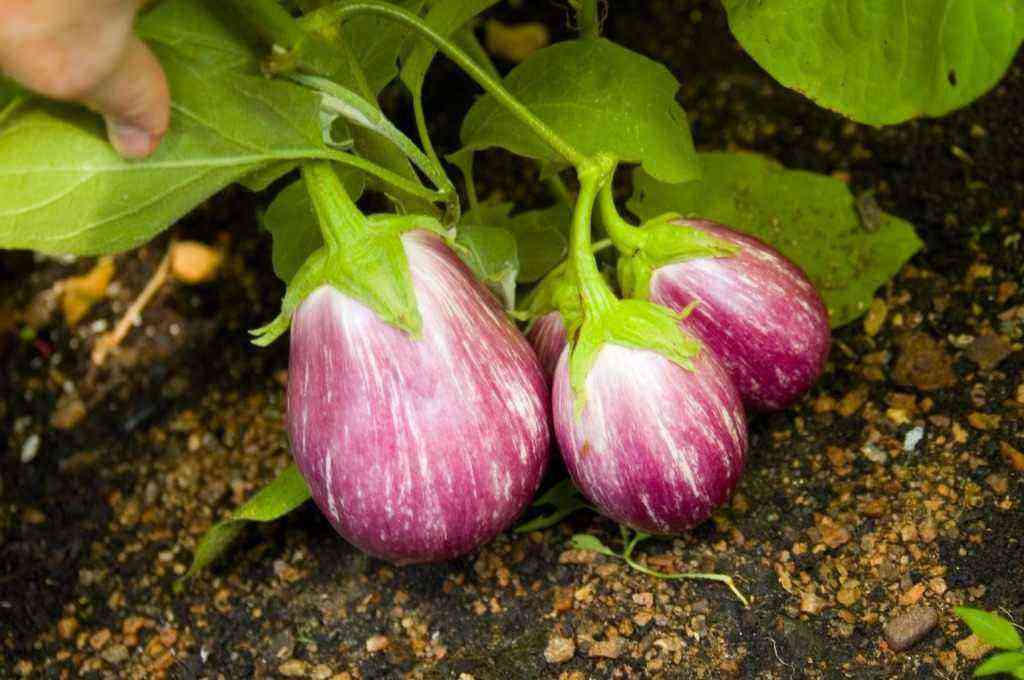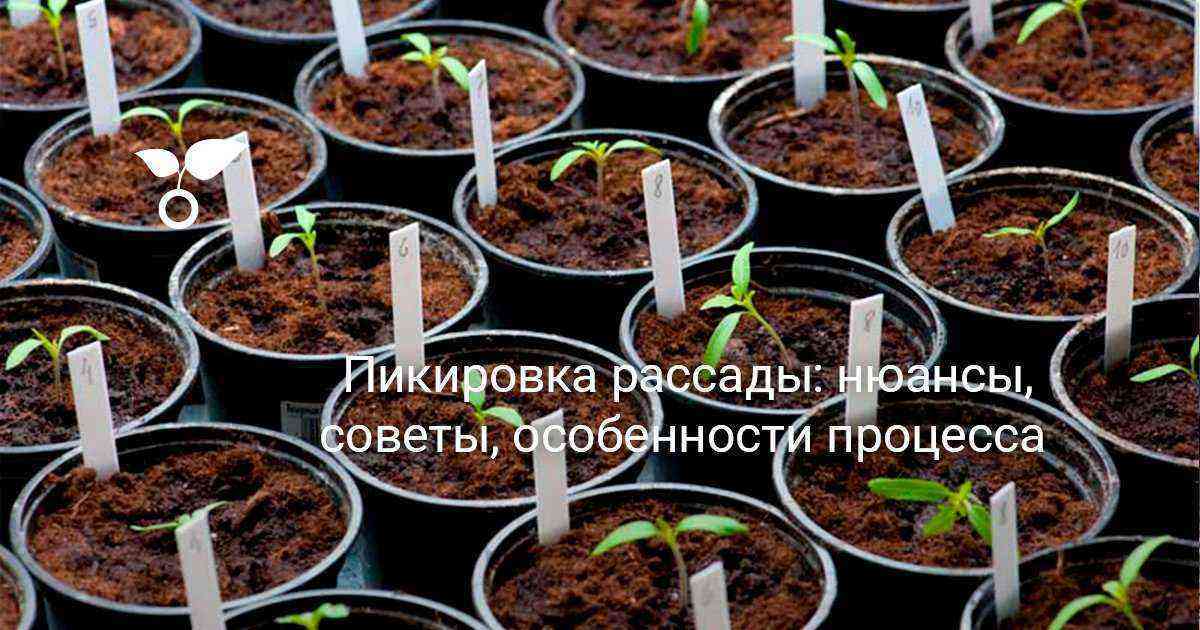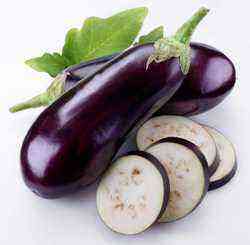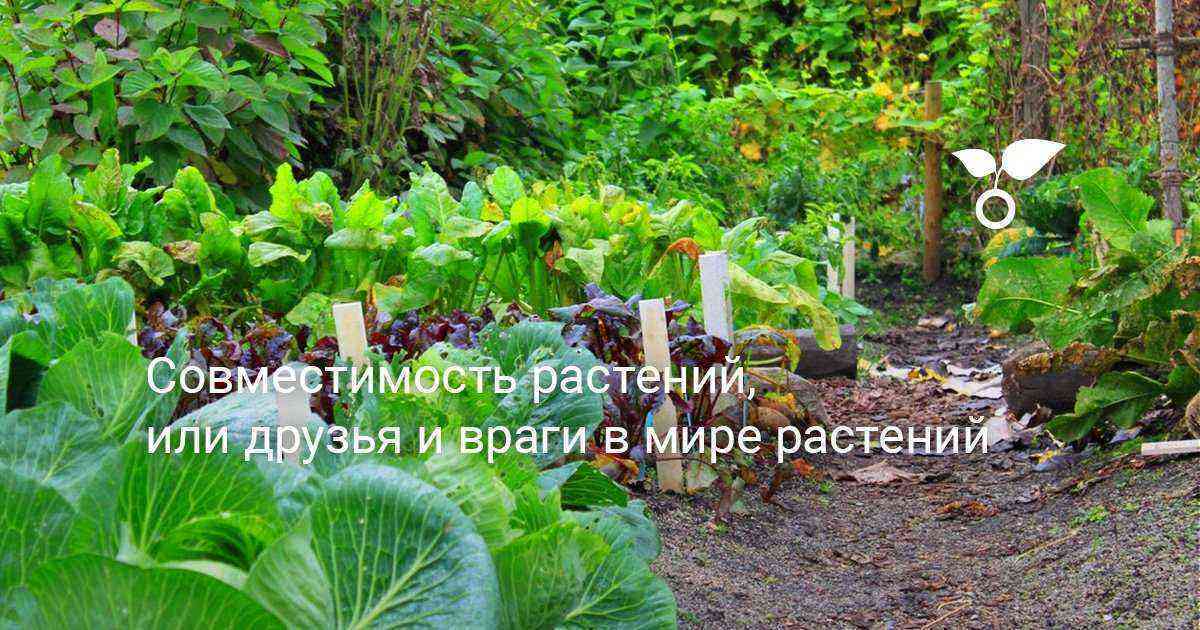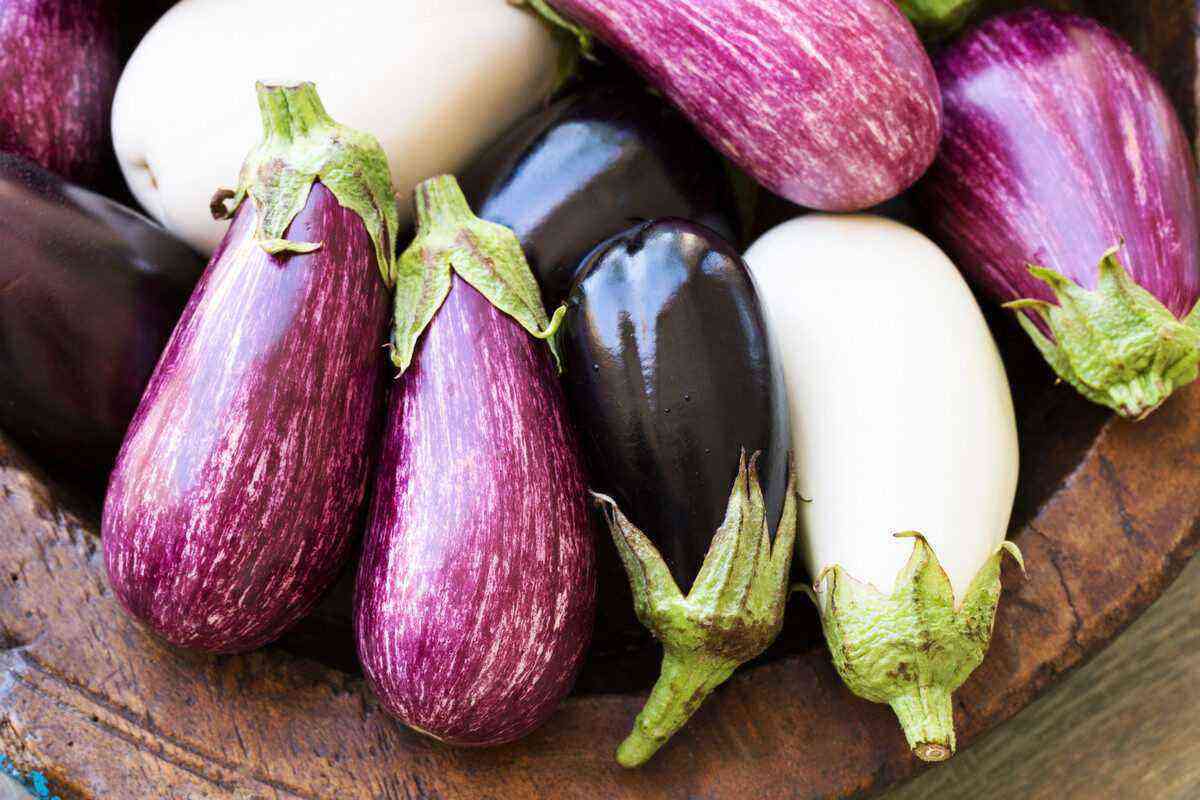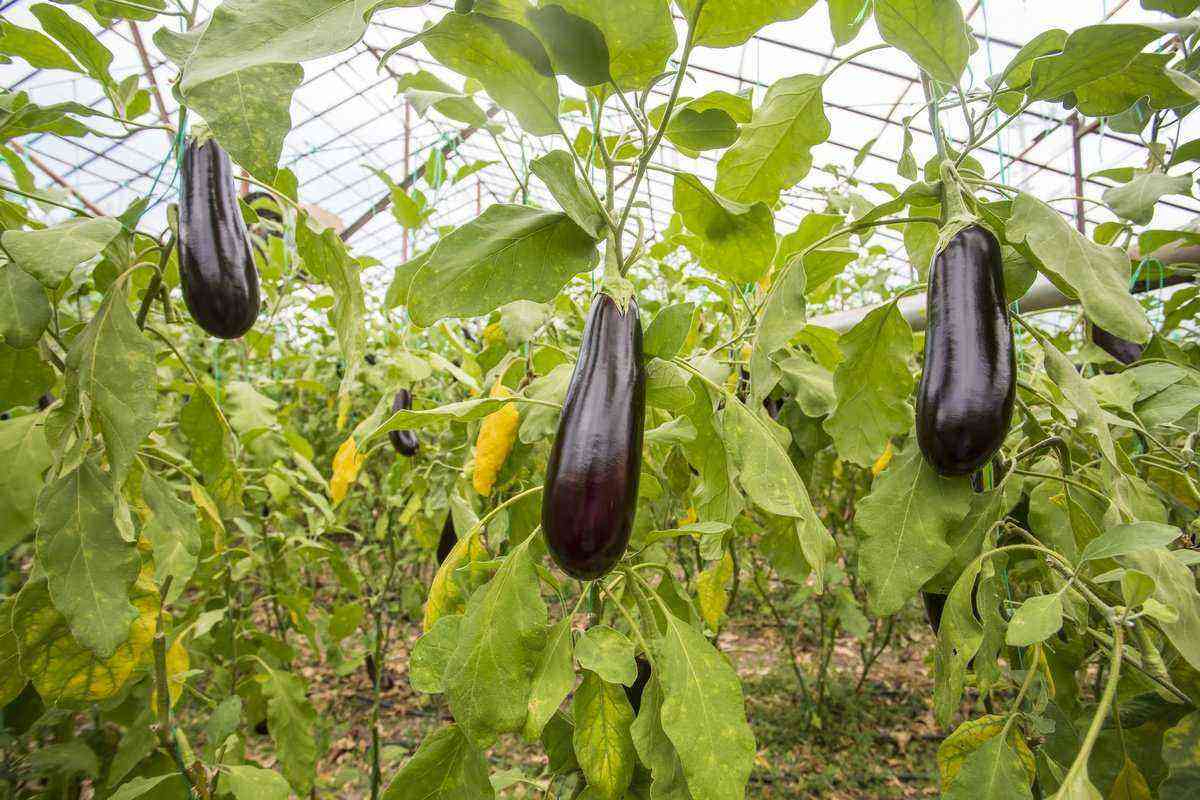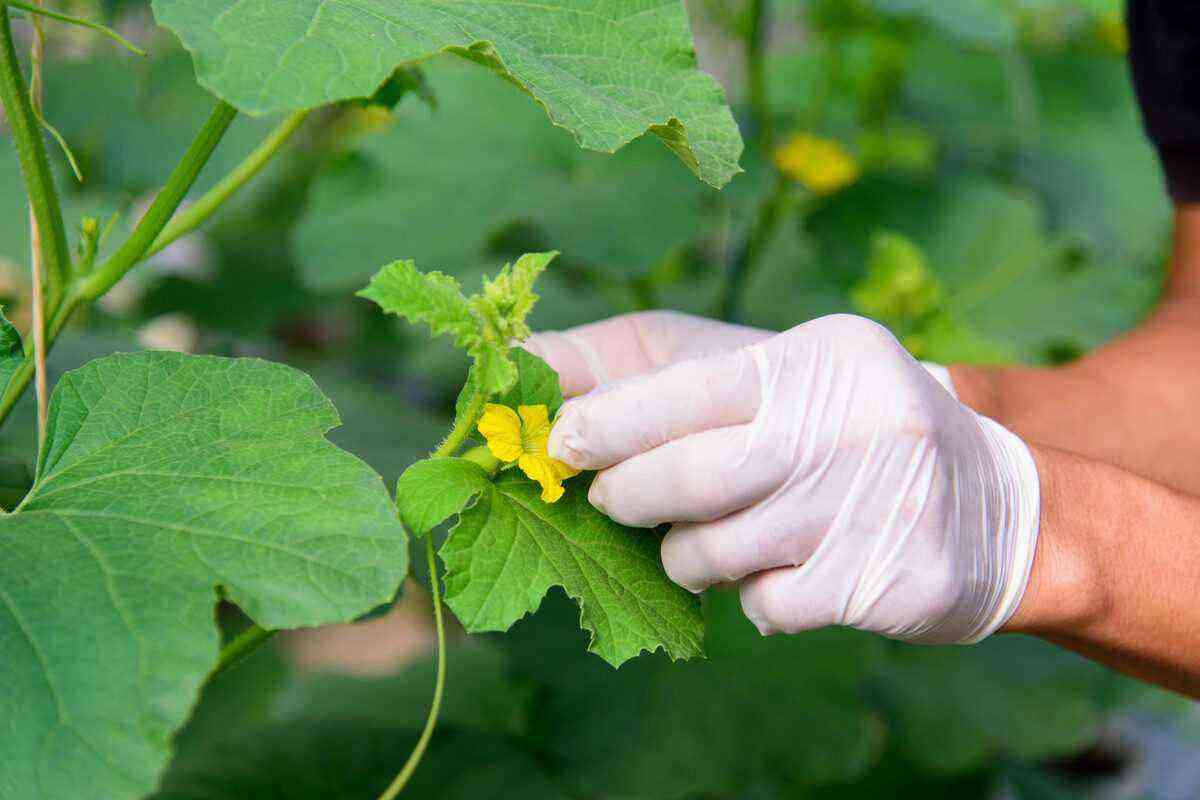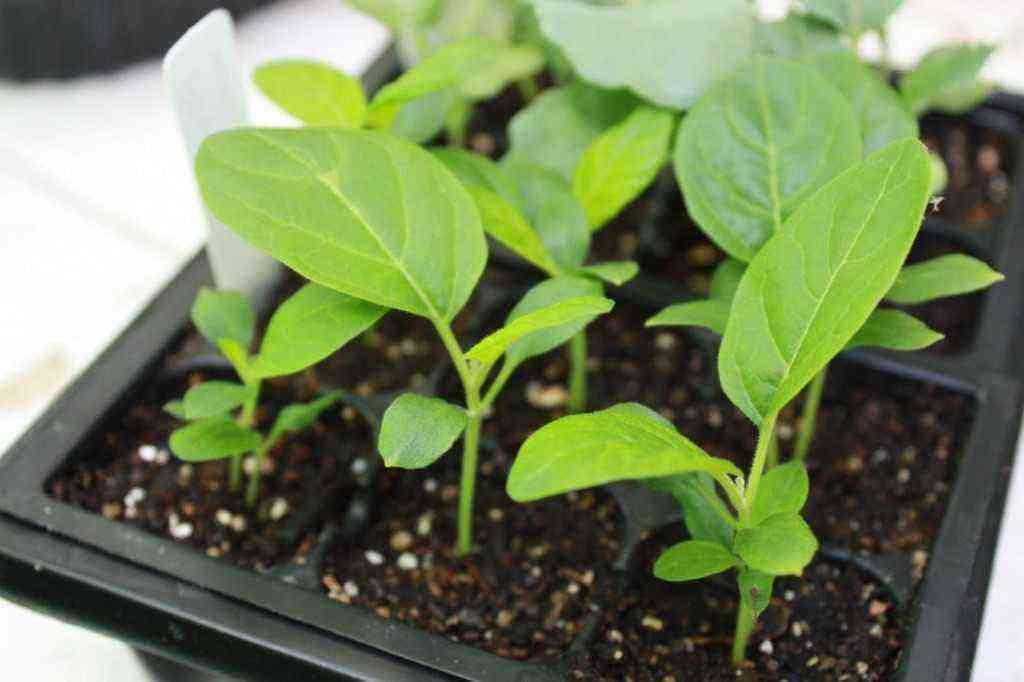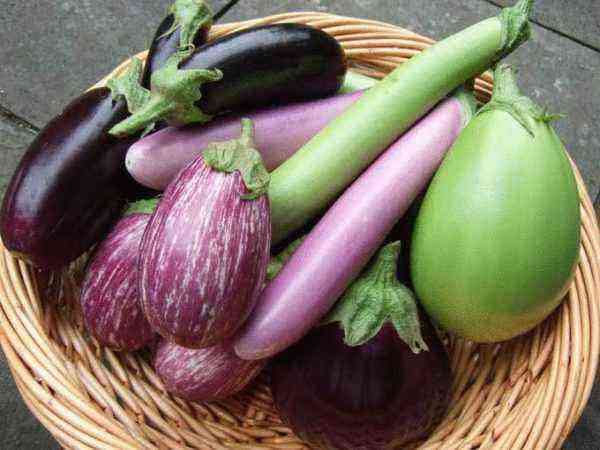Growing eggplant outdoors requires some skill and minimal knowledge of how this crop grows. Caring for eggplant outdoors will require more in-depth knowledge, most of which we have gathered in this article to make your job in the garden easier. So, what are the secrets of eggplants, how to grow a rich harvest and how to properly care for them throughout the season?
When to plant
Depending on the variety, the date of planting eggplant varies. Early ripe varieties can be planted at the end of May, mid-season and late – in mid-June. First of all, be guided by the weather, if frosts are coming, it is better to postpone planting so as not to destroy young seedlings. As soon as stable warm weather is established, and the seedlings are strong enough, you can start planting.
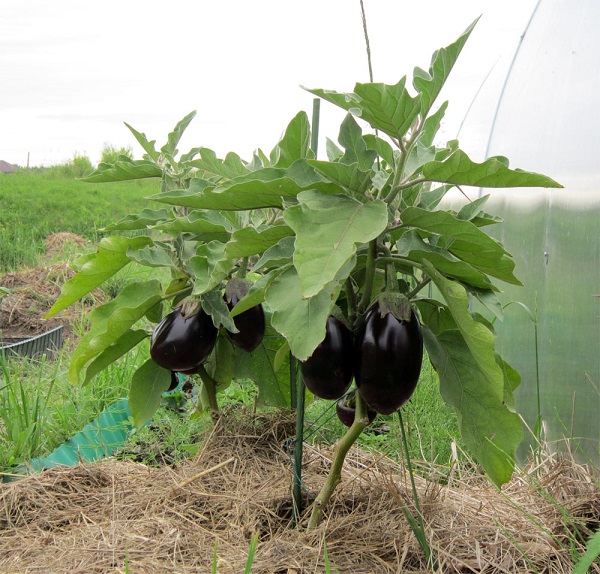
Keep in mind that eggplants are very dependent on heat, sunlight and high humidity. Planting must take place under these conditions, otherwise it will be more difficult for you to grow healthy plants.
Planting seedlings
Growing eggplant in the open field begins with planting seeds on seedlings. Although it is possible to grow healthy eggplants by planting seeds directly in open ground or a greenhouse, seedlings are the preferred option.
Planting seeds should be carried out in specially prepared soil, in which peat, sod, humus or wood ash are mixed. Soil fertility is one of the most important elements in eggplant cultivation. Before planting, seed and soil must be disinfected and hardened to avoid unpleasant consequences in the face of fungal microflora. A universal method of disinfection is a strong solution of potassium permanganate, in which the seeds are soaked for half an hour and the soil mixture is watered with it before planting begins.
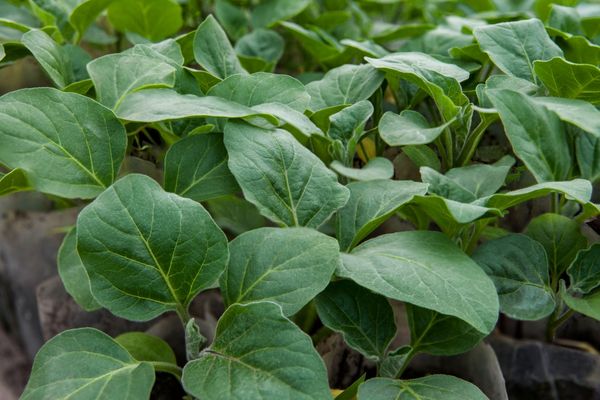
It is recommended to plant seeds that have been calcined and tested for germination in separate containers – plastic boxes or cups. It is important that the containers have drainage holes to remove excess moisture. Each eggplant seed is deepened 1,5-2 cm into the ground, watered, and then covered with a film. The film helps to create a greenhouse effect by maintaining a stable temperature, and also prevents moisture from evaporating. In the first week and a half, eggplant seeds do not need air and light, so concentrate on keeping the air temperature stable and not falling below 19-20 ° C.
Growing seedlings
Eggplant seedlings grow properly if they are regularly watered, provided with normal lighting and fed. Of course, air temperature is also important, but if cold air can harden seedlings, then the lack of nutrients will most likely destroy them.
Stable watering is best done from a spray bottle, moderately moistening the ground around the seedling. Try not to spray the leaves of the plant, especially if it is in open sunlight – this will cause leaf burn. You can just water from a watering can, but then try to pour water around the eggplant, and not under the very stem. Thus, you will not expose the roots of the plant and will not wash the soil around the seed.
We recommend that you personally adjust the daylight hours of the eggplant using phytolamps or conventional fluorescent lamps. Young eggplants need lighting for 12-13 hours daily so that the vegetative processes do not slow down.
During the growing of seedlings, 1-2 top dressings can be carried out to stimulate the seedlings to active growth. Use an infusion of chicken manure (0,5 l of manure is soaked in 10 l of water, diluted 1:15 before use), a mixture of infusion of ash and superphosphate (0,5 l of wood ash is mixed with 10 g of superphosphate, diluted in 10 l of water, insist 2 -3 days). Each seedling should receive no more than 45-60 ml of liquid fertilizer.
In the Moscow region and in Ukraine, the weather suitable for transplanting seedlings into open ground is set just in time for mid-late May.
Landing in the ground
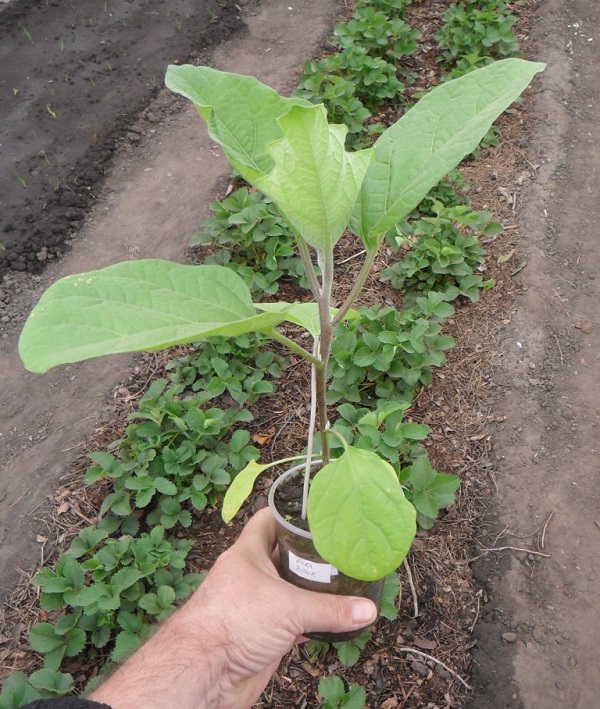
Eggplant seedlings are planted in the ground no earlier than the seedlings are 70 days old. It is at this age that they are most suitable for easy transplantation. However, if the weather is still unstable and the air temperature is low (as often happens in the Moscow region), then it is better to wait.
When planting seedlings in greenhouses, humus can be added to the ground, which will maintain a high temperature during the decomposition process. But for open beds, it will be necessary to build more complicated structures: use “caps” made of paper, film shelters or dense fabric. This way you can protect plants from frost and help them quickly adapt to a new habitat.
Eggplants love when there is a lot of free space around them, so leave a gap between holes of about 40 cm, and between rows of about 55-60 cm. If you have chosen a tall variety, then make sure that the shoots have something to tie up.
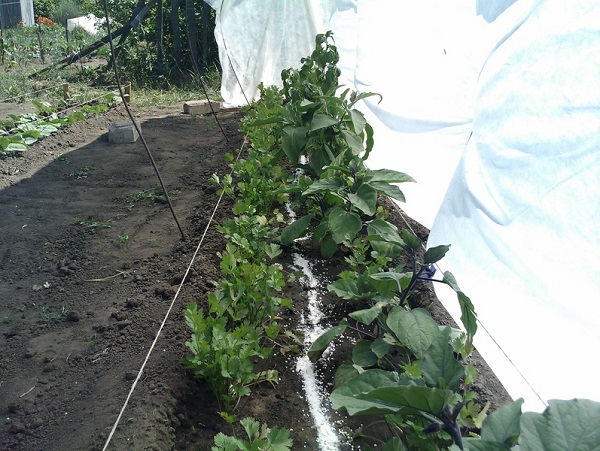
In the wells, add 50-100 g of humus, 1 tbsp. a spoonful of wood ash, pour abundantly with a solution of potassium permanganate. Moisten the soil in the seedling containers to make it easier to remove and not damage the roots. Place the seedling together with an earthen clod in a hole, to a depth of about 15 cm, sprinkle with earth, compact it a little. It is recommended to sprinkle the earth in the holes with dry earth or rotted manure.
Eggplant should be planted in a sunny area of the garden where the wind does not rage. Be sure to observe crop rotation, not planting eggplant two years in a row in the same place, or after tomatoes and potatoes.
Video “Grow eggplant”
This video shows how to plant eggplant through seedlings.
Care
Eggplants require intensive care in the process of growth. Despite the fact that planting and the first stage of adaptation are the most difficult, it is quite difficult to grow this crop correctly (especially in the Moscow region). Growing eggplant in the open field is combined with regular watering, deep loosening of the earth, and the destruction of weeds. In general, the basic set of actions is no different from caring for other vegetable crops.
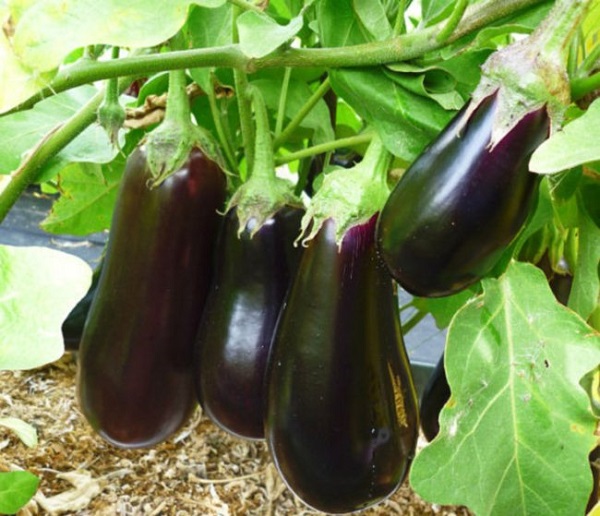
It is extremely important to treat plants and soil with fungicidal preparations in order to prevent the harmful activity of fungal microflora. In the Moscow region, they are especially vulnerable to downy mildew, anthracnose, gray and root rot. The mole cricket, melon aphid and spider mite are no less active in the Moscow region. Therefore, it is very important to keep the beds clean and process eggplants in a timely manner.
During the season, spend 3-4 top dressings with phosphorus, potash and organic fertilizers to prepare the plant for abundant fruiting. It is recommended to use infusions of nettle, wood ash, onion peel, yeast. They contain a rich complex of vitamins and micronutrients that contribute to the active vegetation of eggplant, accelerate the growth and ripening of fruits. Moreover, many of them have a positive effect on the taste of the vegetable.
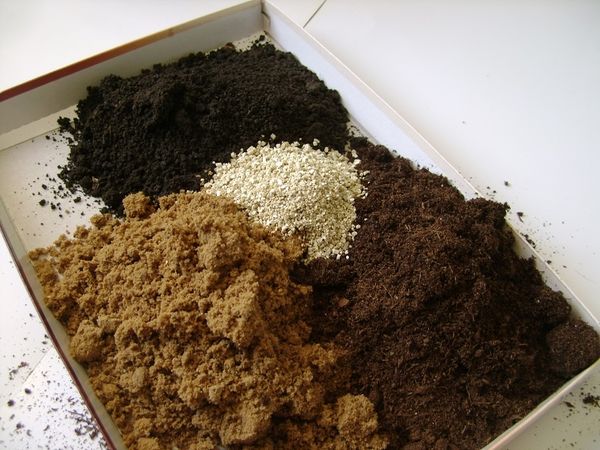
Recipe for the first feeding: for 10 liters of water, take 30 g of superphosphate and potassium nitrate. Bring the solution to 50 liters and start watering, no more than 1 liter of solution can be applied under one bush.
Recipe for the second feeding: mix 0,5 liters of wood ash and 1 liter of mullein infusion, add 0,5 liters of bird droppings, and then dilute the concentrate with 10 liters of water. Leave to infuse for a day. Before watering, bring the volume of the solution to 50 liters.
Recipe for the third top dressing: mix 1 liter of mullein infusion with 0,5 liters of crushed nettle leaves and stalks, add 0,5 liters of wood ash and 10 liters of water. Insist in a dark, warm place for 5 days, stirring the mixture. Strain the solution before watering.
Be sure to pinch medium-sized and tall varieties. Thus, you stimulate the eggplant to give more ovaries, form the fruit faster, and also provide the plant with access to light, moisture and a greater concentration of useful trace elements.
Video “Eggplant Care”
How to care for eggplant at all stages of growth is described in this video.
